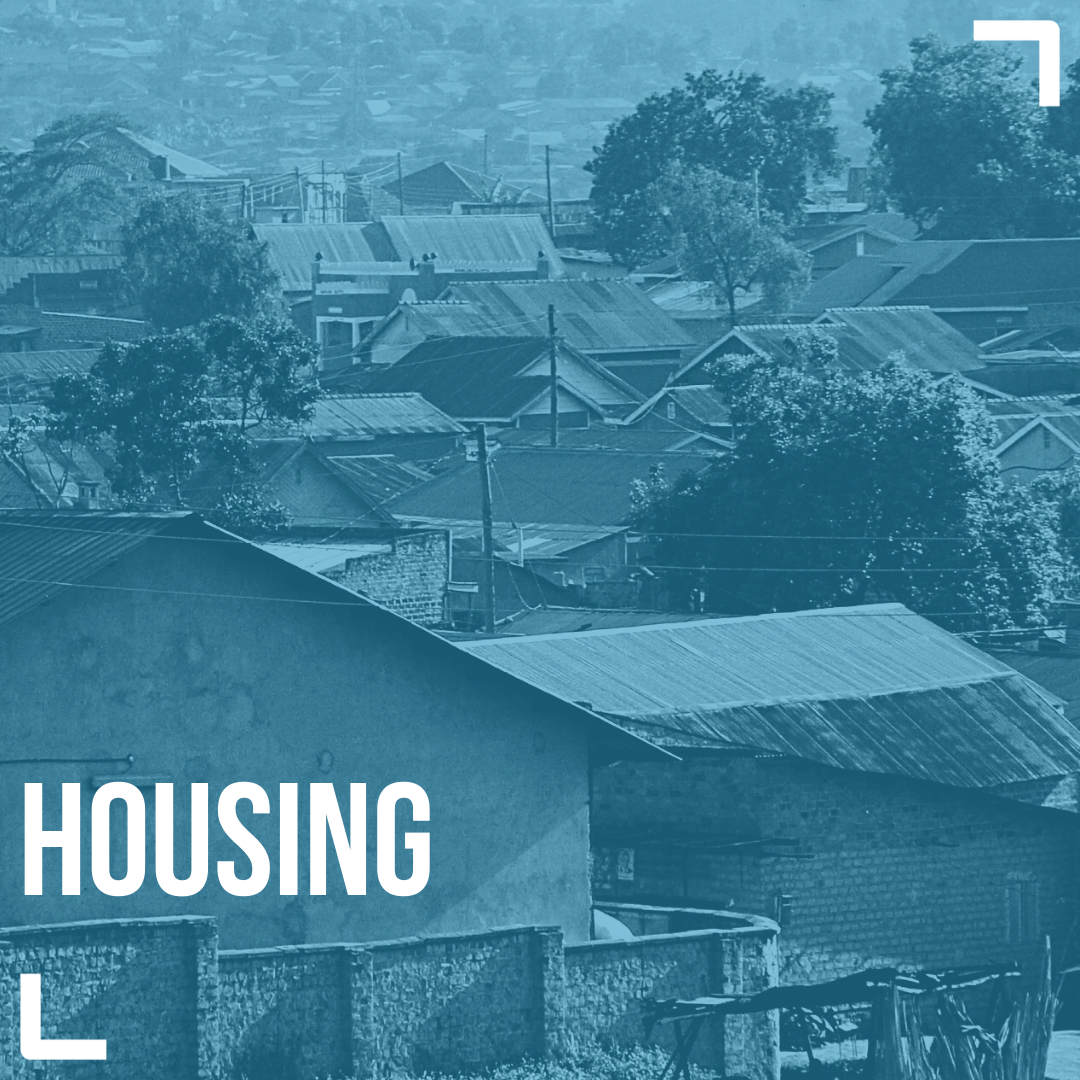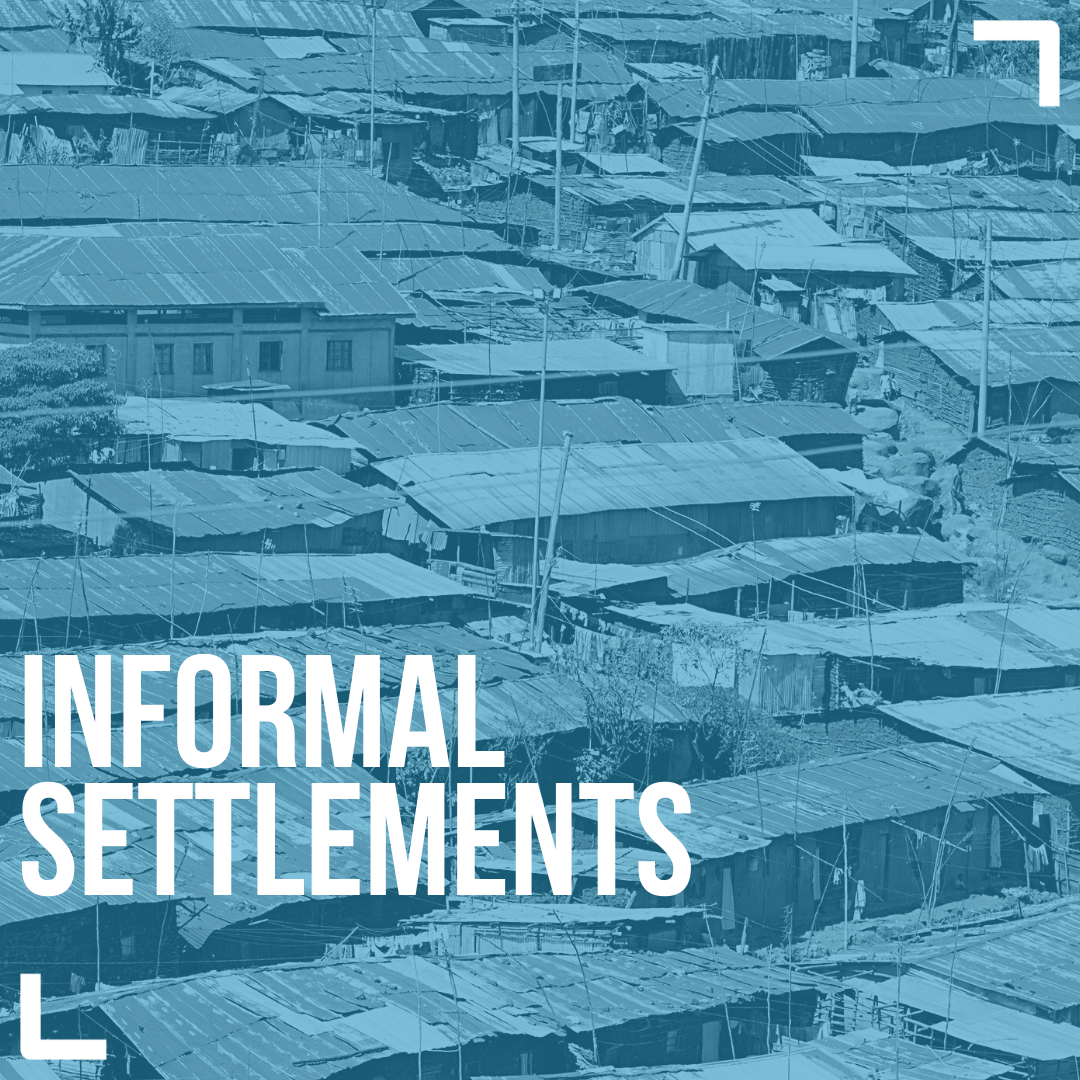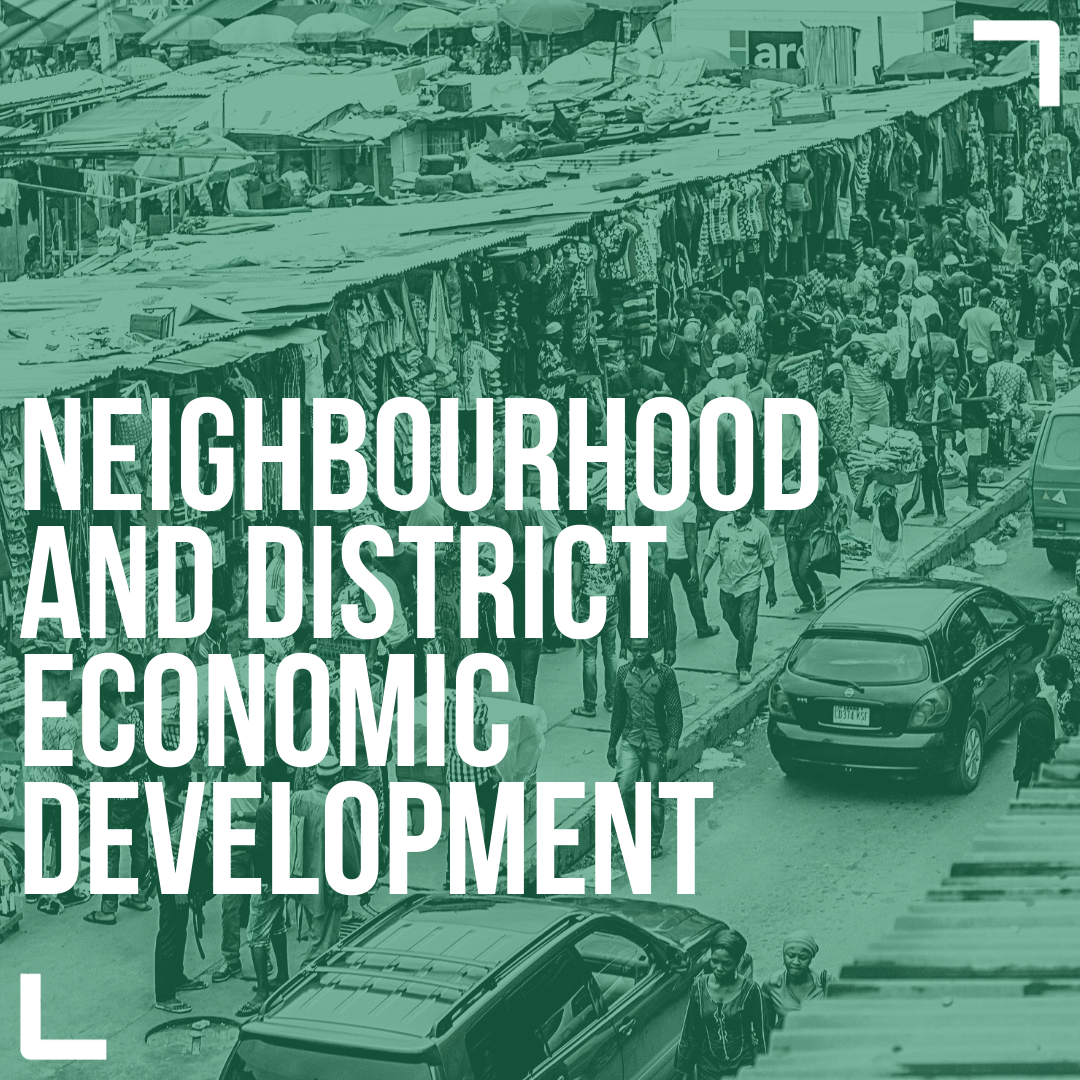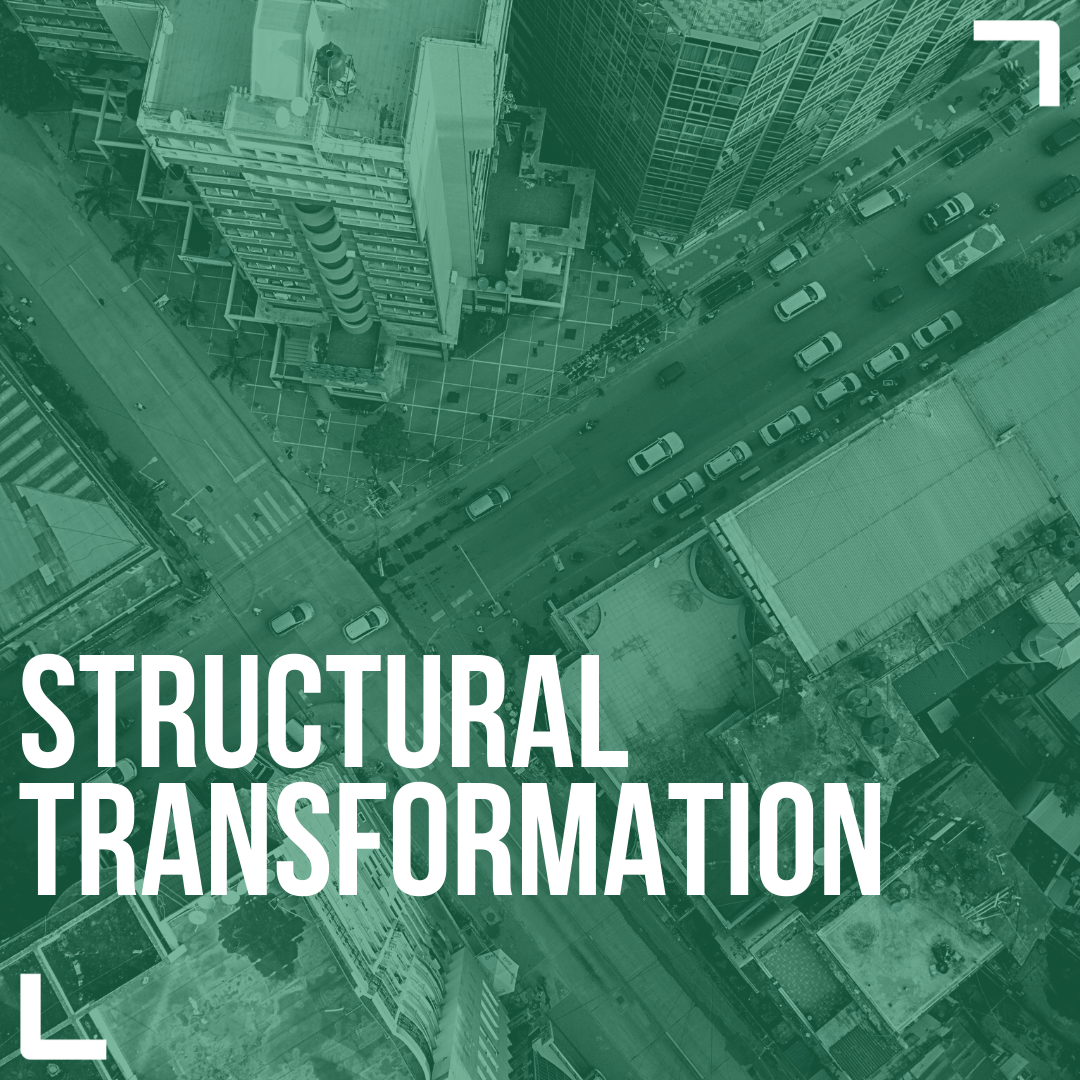Dar es Salaam
Dar es Salaam is Tanzania’s largest city by far, at almost three times the size of the second largest, Mwanza.
Given its name – meaning the ‘haven of peace’ – in 1866 by the Sultan of Zanzibar, the settlement of Dar es Salaam became the administrative and commercial centre of the colony under German rule, and remained so under British trusteeship after the First World War.
Driven by rural-urban migration and endogenous population growth, its urban area doubled in size between 1990 and 2014. The city population is comparatively youthful and predicted to rise from approximately 7 million today to more than 50 million by 2060, which will make Dar es Salaam one of the world’s largest cities.
Dar es Salaam: City Scoping Study
Read the full study below, or download it as a PDF here.
Read now
African Cities Research Consortium
Dar es Salaam: City Scoping Study
By Milla Nyyssölä (UNU-WIDER), Tim Kelsall (ODI) and Tim Ndezi (CCI)
Lying on the East African coastline with a large natural harbour, Dar es Salaam, the ‘Haven of Peace’, was given its name in 1866 by Majid bin Sayyid, Sultan of Zanzibar. Under German rule, the settlement became the administrative and commercial centre of the colony, a position it maintained after the First World War under British trusteeship. Colonial rule imposed a racially segregated settlement plan on the city, with the best areas reserved for Europeans, followed by areas for Indians.
Africans were assigned densely built and unserviced areas separated from others by a green belt. The city became a centre for commerce and light industry, and later a nerve-centre for the nationalist movement, with a series of strikes and boycotts accelerating the transition to Independence in 1961. Some of the Arabic, German and British architecture can still be seen in the city centre. However, the six room, detached, single storey Swahili houses predominate.
Today, Dar es Salaam is Tanzania’s largest city by far, being almost three times as large as its second city, Mwanza. Driven by rural-urban migration and endogenous population growth, its urban area doubled in size between 1990 and 2014, concentrating around the major roads that extend like fingers outward from the central business district. The city has an average population density of only 5,000 per square kilometre (though this varies by sub-region). The population is both comparatively youthful and predicted to rise from today’s approximately 7 million, to more than 50 million by 2060, which will make Dar es Salaam one of the largest cities in the world. Such growth will undoubtedly place further strain on the city’s infrastructure and service systems.
As the commercial and industrial capital of the country, Dar es Salaam hosts a much higher concentration of trade, services, and manufacturing than elsewhere in Tanzania, contributing 17% to the national GDP.[1] Its central business district is the largest business area of the country, and home to the central bank, stock exchange, largest business towers, and transportation hubs. In recent years, partially thanks to its unique geopolitical position between Central and Southern Africa, the central business district has become a source of merchandise for countries such as DRC, Rwanda, Zambia and Malawi. Yet a striking feature of Dar es Salaam’s economy is its informality. Informal markets, including in land, are integral to its economic dynamics, and any attempt to overcome problems of urban poverty must grapple with this.
Political context
Until 1975, Dar es Salaam was also the country’s political capital, and it is only in the last five years that the central government has made serious efforts to move to the new capital, Dodoma. Tanzania’s ruling Chama Cha Mapinduzi (CCM) party, formerly the Tanganyika African Union, has been in power since Independence in 1961. The country became a multi-party democracy in 1992, witnessing increasing levels of political competition. However, since 2015, under the fifth elected government, there has been an increasing concentration of authority. The new government has adopted more centralisation and controls and the ruling party has become increasingly dominant, with opposition parties marginalised.
Meanwhile, local government, has had a rather fraught history. Local councils were abolished in Tanzania between 1972 and 1982 and a non-elected City Commission was imposed on Dar es Salaam between 1996 and 1999. The city-wide council that replaced it has again been abolished, and today Dar es Salaam is governed by the municipal councils of Kigamboni, Kinondoni, Temeke and Ubungo, with the centrally located area of Ilala recently elevated to city council status.
Urban challenges
Spatial challenges
Influenced in part by a legacy of colonial segregation, the process of urbanisation in Dar es Salaam has been characterised by insufficient infrastructure, a lack of urban planning, a shortage of formal employment and unregulated informal and unplanned self-built, owner-occupied housing. Neither settlements nor urban form correspond to the economic, social, or environmental fundamentals of sustainable development. Recent and forthcoming transport developments, such as the Dar bus rapid transit system, city flyovers and Selander Bridge improve connectivity, yet more will be needed.
Redevelopment and gentrification challenges
Housing in Dar es Salaam has many challenges. Approximately 70% of the city’s residents live in informal housing without adequate clean water and decent sanitation (UN-Habitat).[2] Residents in informal settlements have occasionally been evicted from floodplains and river valleys — however, residents have often drifted back — and there has been little role for them in ambitious masterplans, or grandiose projects like the now moribund New Kigamboni City development. Nevertheless, informal settlements are recognised in the Land Act no. 4 of 1999 and the Urban Planning Act no. 8 of 2007, along with the broad outline of an approach for further regularisation and formalisation.
Initiatives to address informality include: the nationwide regularisation programme that started in 2004 from Dar es Salaam, which aimed to secure property rights and residential licences for homeowners in informal settlements; the 20,000 plots project, which was implemented by the Ministry of Housing and Lands in collaboration with the municipalities in the city; and an inclusive land-use mapping programme in Kigamboni, supported by the UK’s Foreign Commonwealth and Development Office. Non-governmental organisations such as the Centre for Community Initiatives and Women’s Advancement Trust-Human Settlements Trust have also supported low income people with affordable housing, contributing towards meeting housing needs in the city, albeit marginally.
The growing economy has prompted a speedy and uncoordinated construction boom in the city centre but the lack of safety standards puts the buildings and the people inside them at risk.[3] Additionally, historical buildings that had earlier been conserved or protected for their historical value are now being demolished to meet the demands of vertical growth, either legally or illegally, without public hearings.
Economic challenges
Despite a favourable geographic location, political stability, and abundant supplies of labour, Dar es Salaam’s manufacturing sector remains rather disconnected from global value chains. The country’s reindustrialization strategy has floundered, and the city’s export processing zones have not taken off. As such, much of Dar’s rapid population growth has had to be absorbed by the informal economy. Most of its operating enterprises are in the micro, small and medium enterprise (MSME) category. Informal sector workers tend to operate with restricted access to working capital, credit, and markets. Loan conditions are stringent and interest rates prohibitive. MSMEs are obliged to pledge real estate or other property as collateral and many fail to pay, losing their hard-earned property. Over the past five years, driven by a new appetite for economic nationalism, the government has accelerated its efforts to industrialise; but most government attention has been focused on infrastructural mega-projects such as the Selander Bridge, Rufiji hydropower project and standard gauge railway, capable of yielding dividends only in the long term. In the meantime, the business environment and skills shortage are not conducive to rapid industrialisation.
Social challenges
Partly due to low economic productivity, the purchasing power of most households in the city has been declining in recent years and poverty in Dar es Salaam is high. About one fifth of the informal sector labour force is engaged in street vending, one of the most visible, unsafe, entry-level occupations in the city, dominated by women and children. Inequality is also high, with 84% of the population clustered in the lowest wealth quintile and 0.3% in the wealthiest.[4]
The ever-growing informal sector labour force in the city is not covered by contributory social protection schemes. At present only the ill-resourced Tanzania Productive Social Safety Net Programme can provide social protection for tfhe poor, covering a meagre 28,000 recipients in the Dar es Salaam region in 2015.
Arguably, the most discriminated and vulnerable group in Dar are urban refugees. Currently there are no policies for refugees covering, for example, social protection or the right to reside in urban areas of Tanzania.[5]
Health is another challenge for the city. Although the city region has a greater level of access to health facilities, funding, and medicines than rural areas, urban areas in Tanzania are disadvantaged in life expectancy, HIV prevalence, maternal mortality, child morbidity, and women’s body mass index . [6] Such outcomes raise concerns about the quality and availability of health services, although poor living conditions also contribute. For example, parts of the city are regularly exposed to cholera and other diarrhoeal diseases. [7] This is partly because only half of the population of Dar es Salaam are supplied with piped water and less than 10% have access to piped sewerage, but also due to the inadequacy of the city’s solid waste management system, which leads to the dumping of waste and pollution in waterways and exacerbates flooding. On a positive note, the national plastic bag ban, imposed in 2019, has been effective in reducing this type of plastic waste. Meanwhile the impact of Covid-19 on the city’s population remains unclear, since Tanzania stopped releasing official Covid-19 statistics from April 2020 and rejected vaccine supplies in February 2021.
Although Dar is regarded as a comparatively safe city by continental standards, security issues include political intolerance (opposition versus ruling party), criminality, and conflicts over land use. The Police Force’s community policing initiative, created to prevent crime and improve safety, is allegedly crippled by a lack of resources, inconsistent application, and an overemphasis on intelligence gathering.[8]
Environmental challenges
The city lacks green urban development. The aquatic, terrestrial, and coastal ecosystems as well as the quality of the air in the city have deteriorated largely due to the rapid and unplanned growth, the extraction of natural resources, problems of solid waste management, the excess extraction of groundwater, and increased emissions. [9] Beach erosion, flooding, high temperatures and other impacts of climate change are also a pressing concern. [10]
Access to water is also a critical challenge. Dar is dependent on the Ruvu river and local aquifers for its potable water. The city water authority’s intakes and pipelines from the Ruvu have recently been upgraded and take close to the maximum that can be extracted from the river when it is at its lowest in the dry season. As a result, the Ruvu is expected to be able to provide planned flows to Dar es Salaam up to 2030 for more than 90% of the time; however, in some dry periods, river flow is likely to be insufficient. At such times, the only alternative water source for many consumers, including low-income communities, is the shallow aquifer that is already being exploited by boreholes in many of Dar’s informal settlements. Construction of the Kidunda storage dam in Upper Ruvu will help mitigate the problem. However, it is estimated that water deficits will be likely to occur in dry years even after this. [11]
Politics and governance
Many of Dar’s current problems can be traced back to a colonial government that promoted segregation, dividing areas by race and discouraging permanent African settlement in the affluent parts of the city, for example through restrictive building ordinances. A succession of post-colonial governments have continued to neglect planned urban development in favour of the country’s rural areas, which they have arguably regarded as their political heartland. This has been compounded, at least until recently, by ineffectual decentralisation and institutional fragmentation, characterised by overlapping mandates, weak coordination, and frequent failure to discharge responsibilities effectively. [12]
Beneath the sometimes-bewildering complexity of actors and formal institutions, Dar es Salaam’s political dynamics have been characterised by a tug of war over access to power, positions and rents between central and local government, ruling party and opposition, as well as higher and lower-level officials. Until recently, none of these entities had been able to consistently prevail over the others, resulting in a situation of considerable power dispersion. This made it difficult to pursue ambitious development projects and reforms, either for, or against the interests of poor households. Additionally, when development projects were implemented, their benefits tended to be disproportionately captured by those better-off[13]
Since 2015, the rules of the political game have begun to change. The balance of power has tilted in the direction of the central government and the ruling party and a political discourse more favourable to at least some segments of the urban poor. This has created an opportunity for more decisive governmental action, for example on urban infrastructure, licensing informal vendors and accelerating informal settlement regularisation, with potentially inclusive development outcomes. Further, the government’s energetic tax drive potentially creates opportunities for new kinds of government-citizen interaction and accountability, although it is not clear that the reduction in resources available to local councils has been compensated for by other expenditures, with the overall impact on urban development unclear. Meanwhile, Dar es Salaam has been the site of high-profile interventions aimed at making urban governance and planning more responsive. Most notably, the World Bank launched an urban resilience program and the Dar Metropolitan Development Project. However, despite these political shifts and interventions, the inclusion of low-income communities in decision-making regarding their own development could be improved. And, despite the existence of several normative frameworks seeking for the inclusion of women in major decision-making organs in Tanzania, women continue to be politically excluded. [14] The challenge, therefore, is to identify the routes through which the current window of opportunity for urban reform in Dar es Salaam can be tilted towards more inclusive approaches that are capable of delivering effective and legitimate solutions to the city’s complex problems.
References
Dang, L. (2019). Violent Extremism and Community and Community Policing in Tanzania. Special Report, No. 442. Washington, DC: United States Institute of Peace. Available online (accessed 11 May 2021).
Hill, Al. and Lindner, C. (2010). “Simulating informal urban growth in Dar es Salaam, Tanzania”. The 45th ISOCARP Congress 2010.
Kebede, A. S. and Nicholls, R. J. (2010). “Population and assets exposure to coastal flooding in Dar es Salaam, Tanzania: Vulnerability to climate extremes”.
Levira F. and Todd, G. (2017). “Urban health in Tanzania: Questioning the urban advantage”. Journal of Urban Health 94(3):437-449.
Makulilo, A. (2020) “‘Where there is power, women are not’: Rethinking women and politics in Tanzania”. The African Review 46(2) (2019).
Maliti, El. (2019). “Inequality in education and wealth in Tanzania: A 25-year perspective”. Special Issue on Horizontal Inequality in the Global South, Social Indicators Research, 145(3): 901-921.
Nobert, J. and Skinner, J. (2016). Meeting Future Demand for Drinking Water Supply in Dar es Salaam: Hydrological Modelling of the Ruvu River and Assessment of Flows. London:International Institute for Environment and Development.
O’Loghlen, A. and Nobel Bwami, N. (2018): “Dar es Salaam Tanzania – A case study of refugees in towns”. Boston, MA: Feinstein international Center, Tufts University. Available online (accessed 11 May 2021).
World Bank (2016). Promoting Green Urban Development in African Cities – Dar es Salaam, Tanzania. Urban Environmental Profile. International Bank for Reconstruction and Development/The World Bank.
Worrall, L., Colenbrander, S., Palmer, I., Makene, F., Mushi, D., Mwijage, J., Martine, M. and Godfrey, N. (2017). Better Urban Growth in Tanzania: Preliminary Exploration of the Opportunities and Challenges. London and Washington, DC: Coalition for Urban Transitions.
[1] The share has remained at 17% (from 2013 to 2019).
https://www.nbs.go.tz/nbs/takwimu/references/Tanzania_in_Figures_2019.pdf
[2] https://allafrica.com/stories/201902060761.html
[3] https://www.reuters.com/article/us-tanzania-collapse-idUSBRE93004K20130401; https://journals.openedition.org/interventionseconomiques/9171
[4] Maliti (2019).
[5] O’Loghlen and Nobel Bwami (2018).
[6] Levira and Todd (2017).
[7] Ibid.
[8] Dang (2019).
[9] World Bank (2016).
[10] O’Loghlen and Nobel Bwami (2018). See also: Kebede and Nicholls (2010).
[11] Nobert and Skinner (2016).
[12] World Bank (2016).
[13] Ibid. See alsoWorrall et al. (2017).
[14] Makulilo (2020).
Milla Nyyssölä highlights some of the urban development challenges in Dar es Salaam and talks about the importance of building partnerships to create a more inclusive and sustainable future for the city.
LATEST NEWS from ACRC
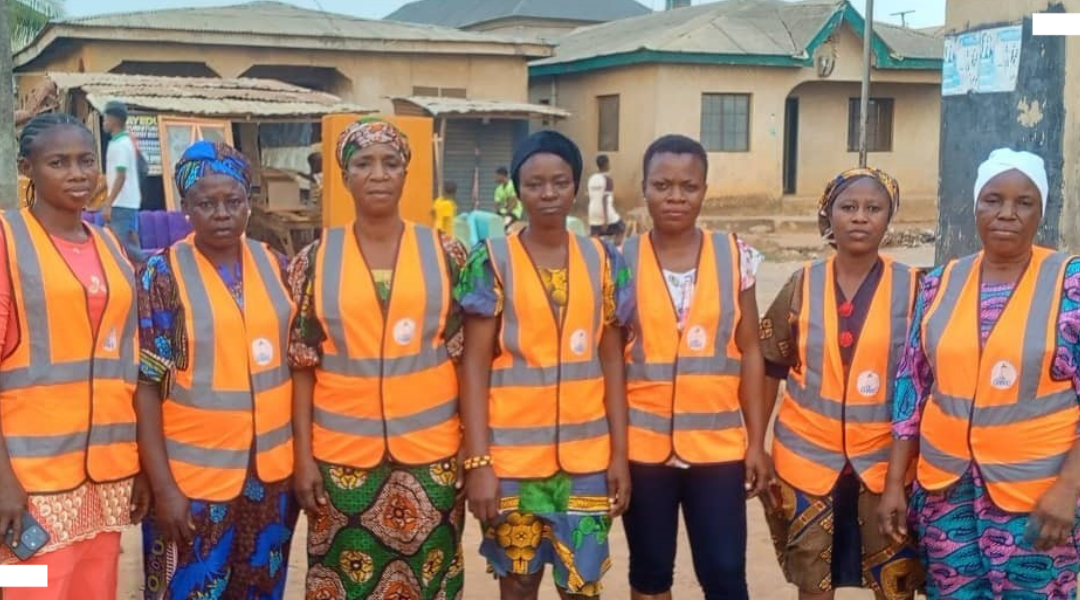
Transforming informal settlements in Lagos through community-driven WASH innovation: The Okerube project
Jul 10, 2025
The “Informal Settlements as Spaces of Transformative Agency” project focuses on the Okerube community in Lagos to challenge dominant narratives and demonstrate how bottom-up, community-led governance models can deliver sustainable and inclusive water, sanitation and hygiene (WASH) solutions in informal urban settlements.

Creating the conditions for change in Mathare informal settlement, Nairobi
Jul 7, 2025
SDI Kenya, through ACRC, is aiming to co-develop solutions with Mathare community members, by devising a holistic waste management system in the area.

How does action research build community and state capabilities?
Jul 3, 2025
This is the fourth in a series of blog posts focusing on how urban reform happens, and where ACRC fits into change processes. This post takes a closer look at how ACRC is helping build community capabilities to address urban challenges.
